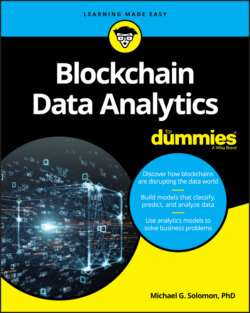Читать книгу Blockchain Data Analytics For Dummies - Michael G. Solomon - Страница 26
Building models for simulation
ОглавлениеOne of the challenges in prescriptive analytics is the iterative and flexible nature of using models this way. Predictive analytics is pretty straightforward. You can determine future outcomes within a known range of error. When turning that model around and using it for prescriptive purposes, you can never be sure that your model is taking into account all the influences that affect outcome. The outcomes your predictive model measures may include unsampled features (characteristics) that happen even though you don’t measure them. If this is the case, just changing one feature may not have the effect you expect.
Because prescriptive analytics is more than just turning a predictive model backwards, you’ll have to run your model multiple times over your dataset, changing a single feature at a time. Building a model that is flexible enough to respond to multiple feature changes is the basis of simulation. You're simulating the nature of reality, which encompasses multiple features that change and some level of unmeasured uncertainty.
Investing the effort to build a good simulation can more than pay for itself. A solid simulation is flexible enough to change as new input shows different trends and still provide output that you can trust. A simulation that tells you how to reach your goals is even better than knowing the future.
